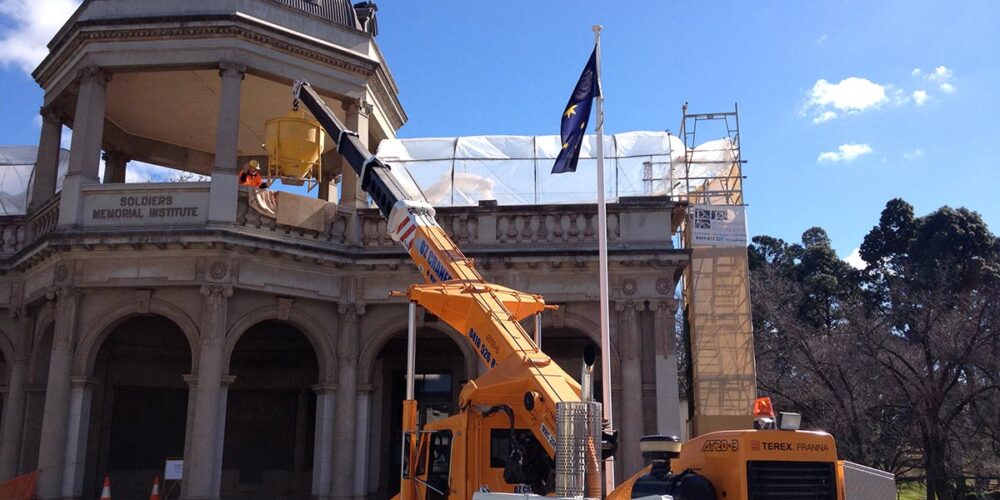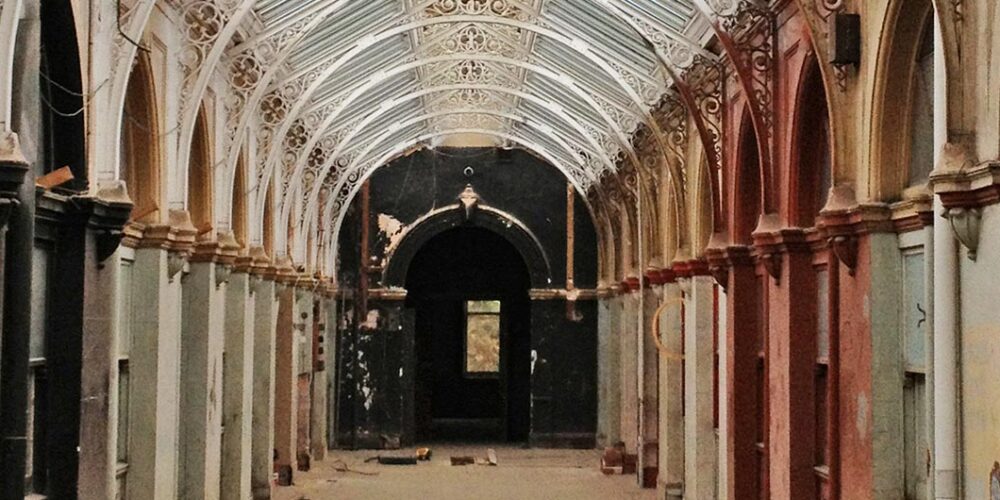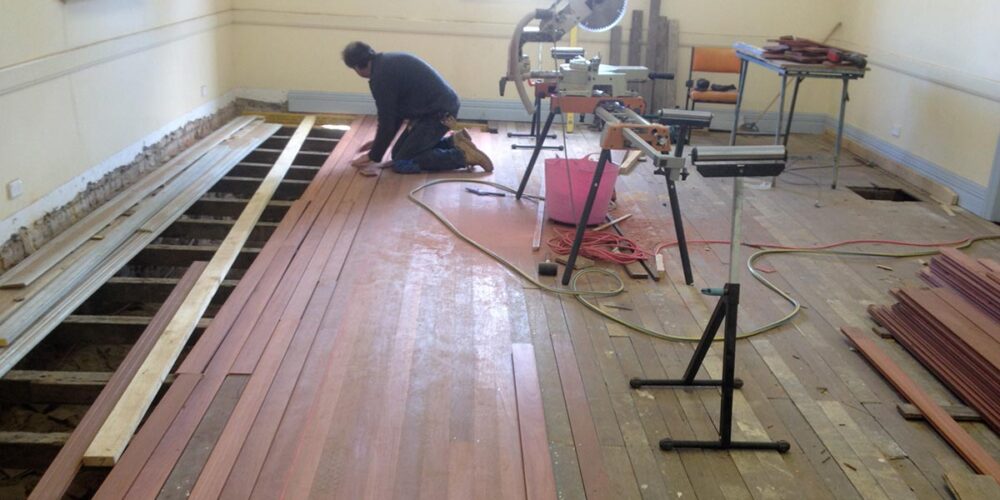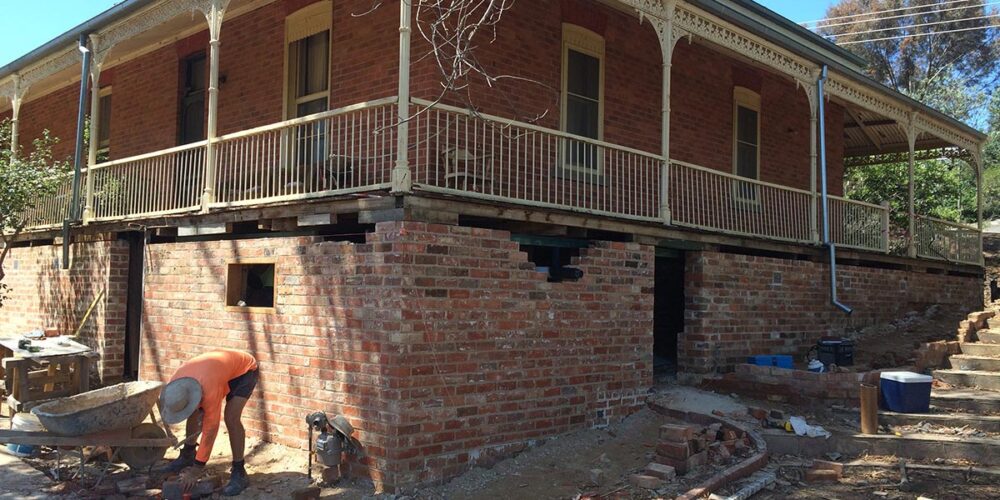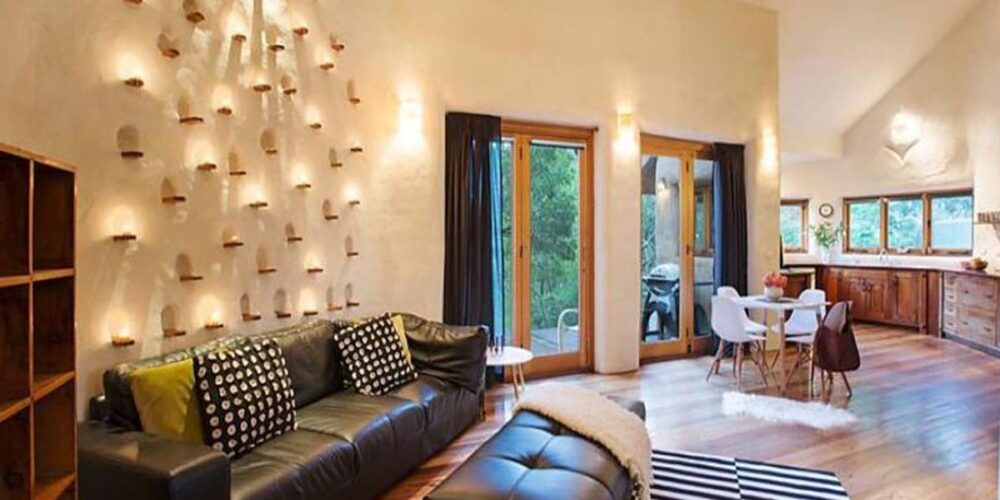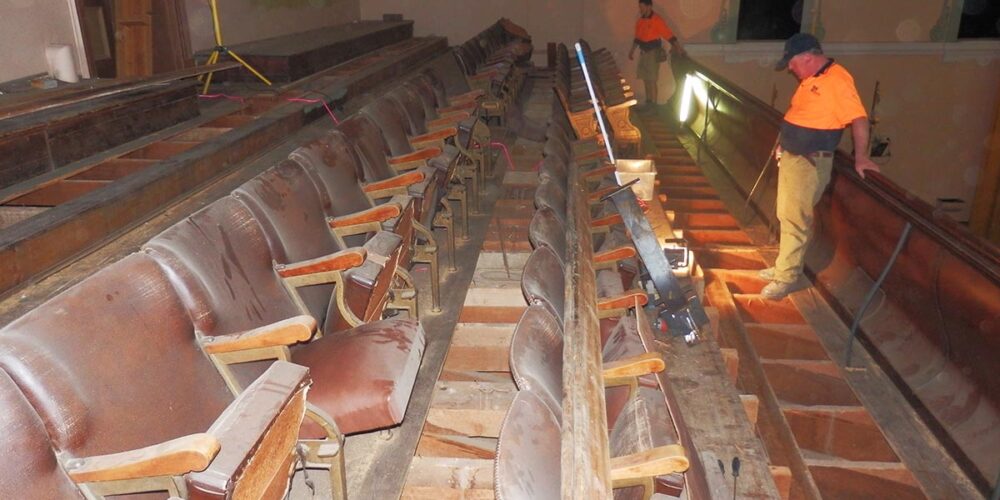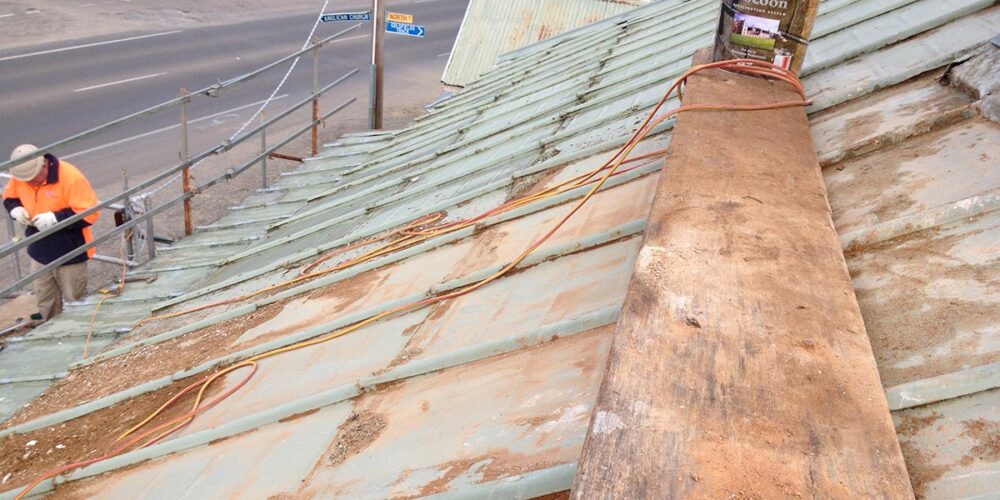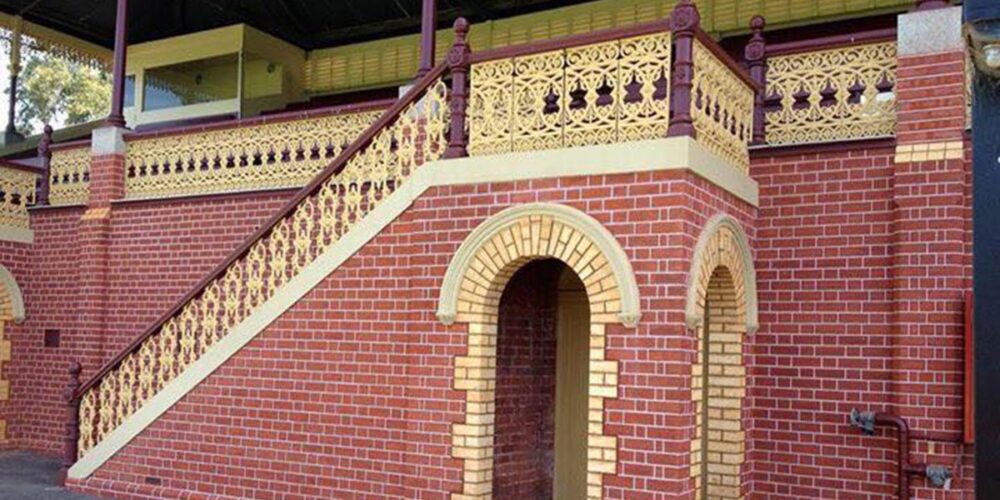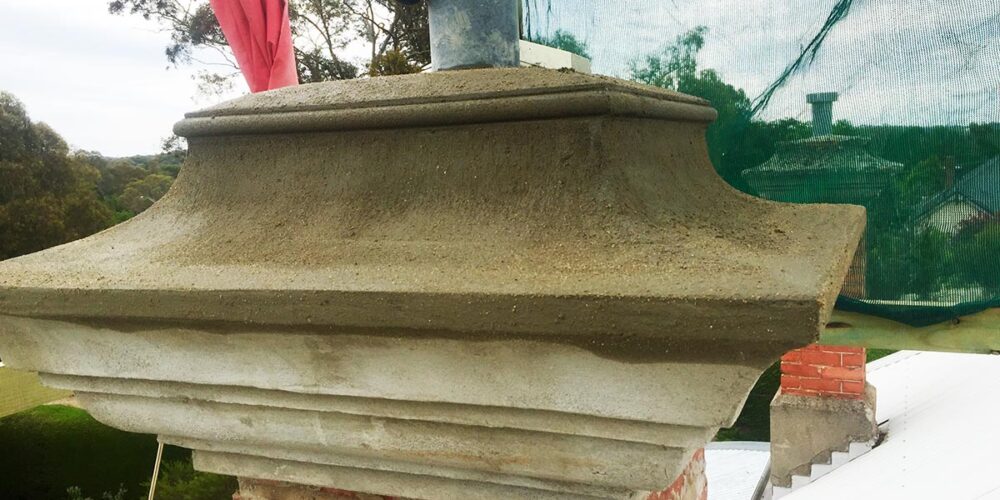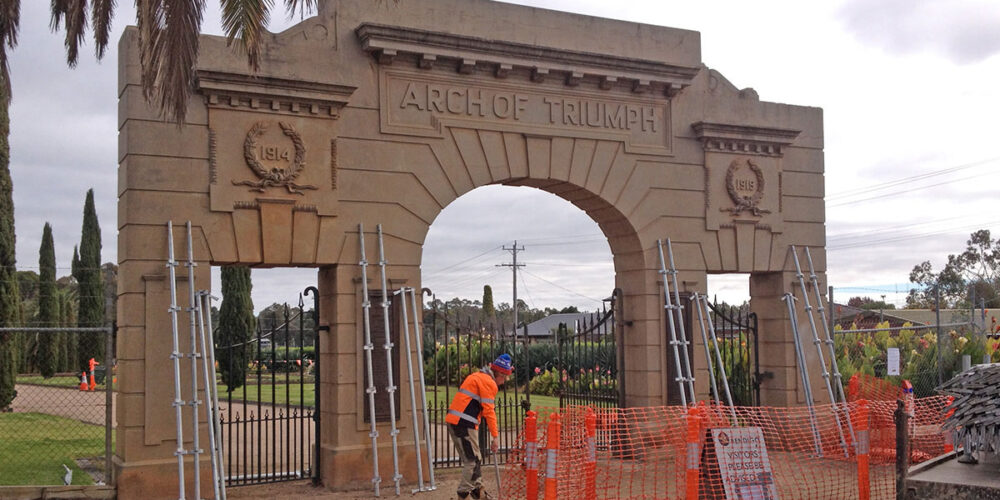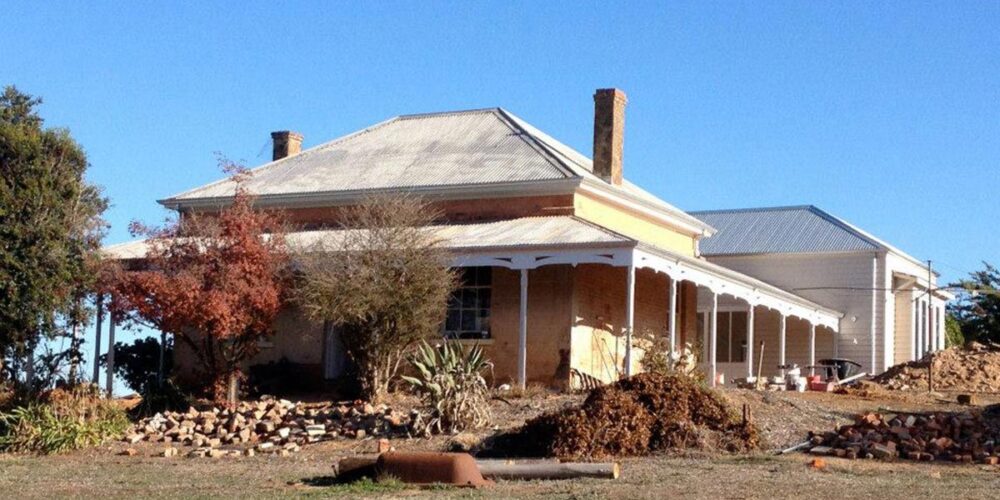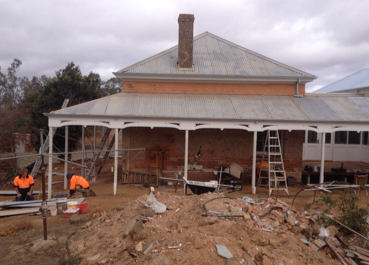Heritage Conservation & Restoration Work
Historic buildings remind us that they are the soul of the town & the story of where we came from. Build Conserve aims to conserve our building history, for generations to enjoy.
Industry Skills
- Heritage Building Conservation & restoration.
- Site Manager.
- Carpenter & Joiner. Advanced Diploma in Building Construction & Management.
- Conservation reports & assessments.
- Tuck pointing & facade/chimney mould reinstatement.
- Rising damp solutions.
- Cocoon/poultice application for efflorescence removal.
- Slaked lime & lime renders.
- Cement mortar removal & lime mortar repointing.
Tuck Pointing & Facade
Historically, tuck pointing was first done in England during the eighteenth century. The tuck pointing process is based on redesigning the bricks, hence the name “tuck pointing”. The results of tuck pointing gives an impression of fine joints on the bricks of the house.
There are two main areas that are enhanced by brick restoration by tuck pointing: the chimney as well as the exterior bricks. If you have an exposed brick or wish to do an upgrade on the chimney, tuck pointing is the ultimate solution. Not only does tuck pointing provide an aesthetic improvement but it also prevents the wall from attracting moisture that could damage the house wall.
Rising damp solutions
Walls breathe. The exchange of air and water between porous masonry and the atmosphere is called ‘breathing’, and it’s essential that old walls should continue to breathe. Attempts to seal them, ‘to keep the damp out’, will inevitably trap moisture inside the wall and cause more serious decay. Many older houses suffer from rising damp issues and the moisture from the soil literally rises up the wall via capillary action. Internally, dampness can cause plaster to crumble, damage paint, wallpaper, and the moulds can be unhealthy, particularly for asthmatics.
Efflorescence removal
Efflorescence is a crystalline deposit of salts that migrate to the surfaces of masonry leaving a coating of salt. Efflorescence clogs the pores of porous materials, resulting in the destruction of those materials by internal water pressure. This not only leads to unsightly aesthetic issues but can also indicate structural weakness of internal structures.
Slaked lime & lime renders
Lime is the binder in almost all traditional mortars on heritage homes throughout Victoria. The use of lime is central to successful maintenance and repair of historic buildings as modern rendering materials such as cement doesn’t contain the same properties as traditional lime. Whenever we restore heritage buildings we need to ensure we are using compatible materials for the preservation of the architectural heritage.
Repointing & Cement mortar removal
Repointing is a cost effect method to reinvigorate the appearance and structural integrity of heritage buildings. Build Conserve use traditional skills and materials that ensures we bring old brick buildings back to their best.

